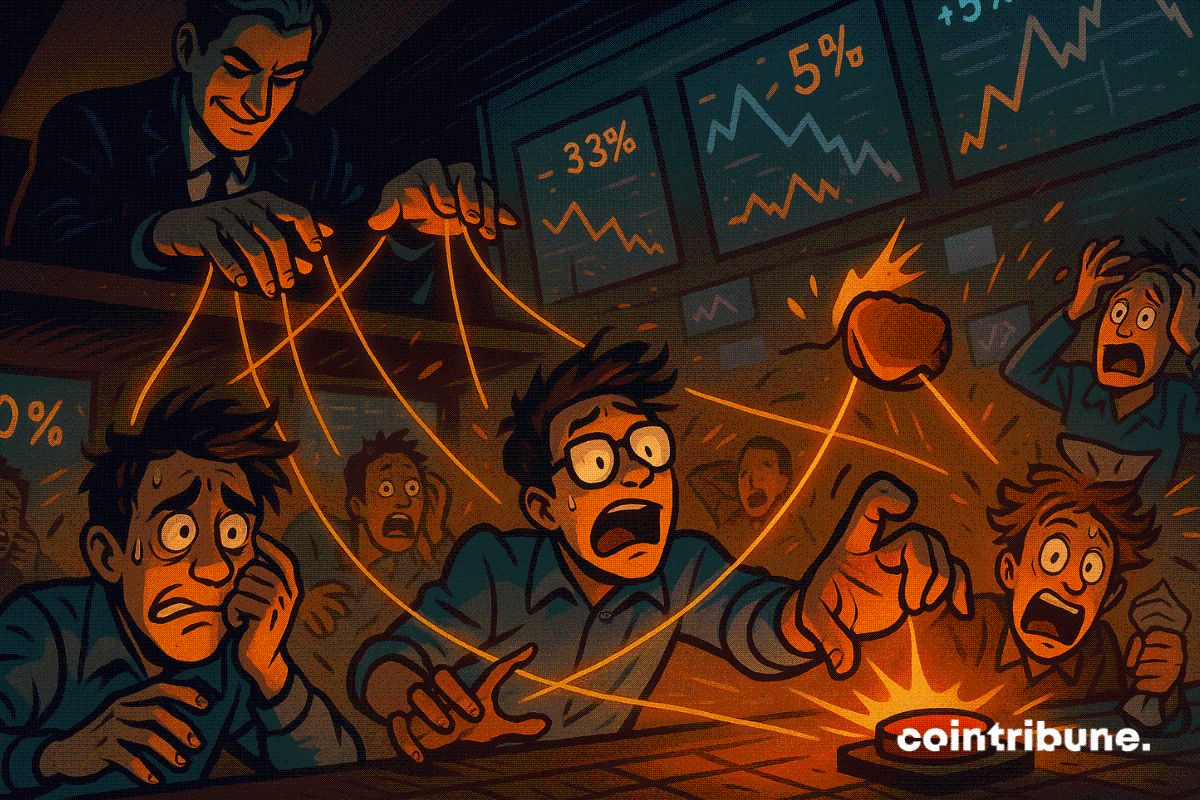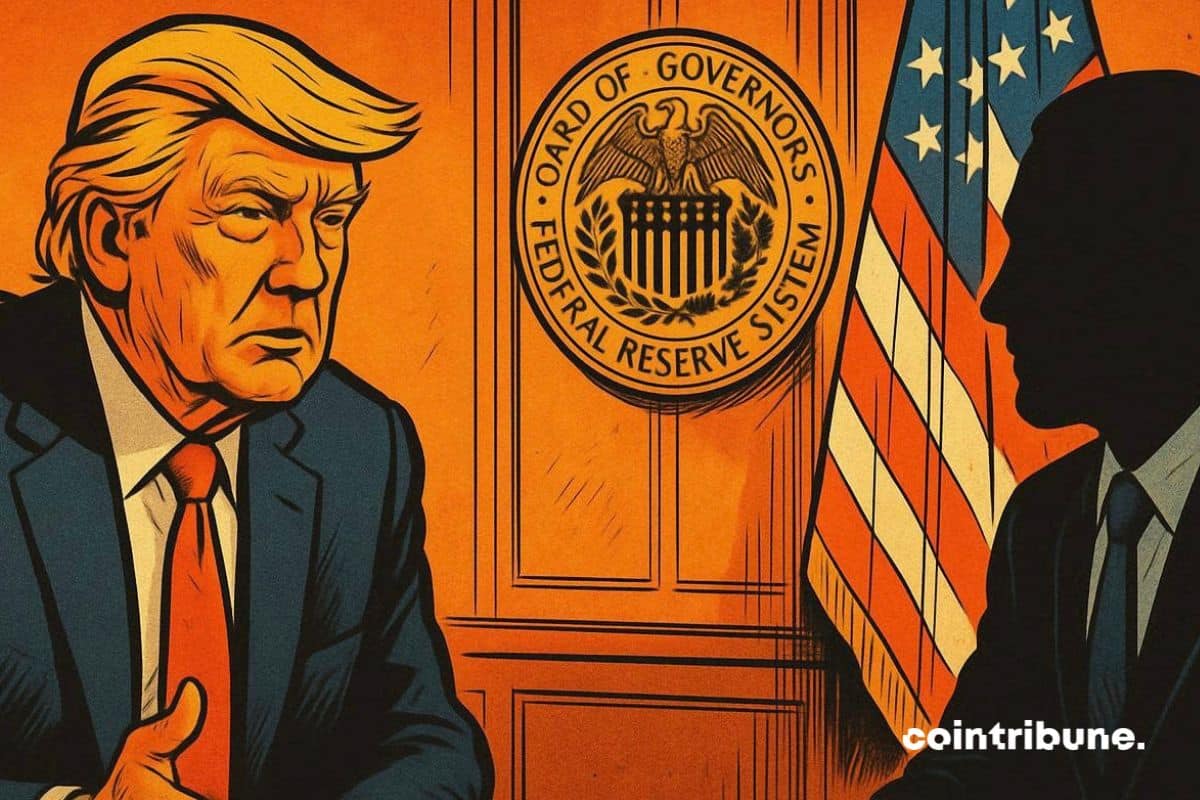The Sandbox Reboots Its Metaverse Dreams with a MemeCoin Gamble
- The Sandbox cuts 50% of staff globally (250+ employees), reducing valuation from $4B to $1B amid metaverse market decline. - Founders exit operations as Animoca Brands CEO Robby Yung takes control, shifting focus to Web3 and memecoin launchpads. - SAND token dropped 90% since 2021 peak; daily users now <500, with governance participation at just 291 votes. - Memecoin pivot sparks debate: seen as necessary adaptation by some, but risks diluting core metaverse identity.
The metaverse platform The Sandbox is undergoing a significant restructuring, including a 50% staff reduction, with over 250 employees affected globally. The company, previously valued at $4 billion in 2022, now faces a valuation of approximately $1 billion in 2024, according to internal data shared by multiple sources [3]. The layoffs span across several countries, including Argentina, South Korea, Turkey, Thailand, and Uruguay, with the closure of its Lyon office in France also announced [3]. Notably, the co-founders of The Sandbox, Arthur Madrid and Sebastien Borget, have stepped down from operational roles, with Robby Yung, CEO of Animoca Brands, assuming direct control [3]. This move is part of a broader strategy to shift the platform's focus from a metaverse-centric model to a more adaptable Web3 framework [4].
The restructuring has also led to the planned introduction of a memecoin launchpad on Base, modeled after platforms such as Pump.fun, which reflects the company's pivot toward more community-driven and viral Web3 applications [3]. This strategic shift comes as the metaverse space faces declining interest and a prolonged downturn in token prices since late 2021 [5]. The platform’s native token, SAND, has seen a nearly 90% decline from its peak in 2021, with the market cap dropping from $6.2 billion to around $700 million [6]. Despite the recent market fluctuations, SAND has outperformed some of its peers in the Ethereum ecosystem over the past three hours, with a 3% increase reported [1].
The challenges faced by The Sandbox are not isolated to internal restructuring. The platform’s user base has also dwindled, with daily active users now estimated in the low hundreds, many of whom are believed to be automated accounts operating in South America [5]. The company’s struggles are further compounded by the management of its crypto treasury, which contains between $100 million and $300 million in assets. This treasury was largely funded by the proceeds from the sale of virtual land during the metaverse boom in late 2021 [6]. However, governance participation appears limited, with only 291 votes cast across three proposals submitted in August [6].
The restructuring has sparked mixed reactions within the Web3 community. While some view the pivot to memecoins and community-focused initiatives as a necessary adaptation to the evolving market, others fear that the platform risks losing its original identity and core values. Jason Owen, a potential new CEO with a background in the music industry, is seen as a symbol of this transformation, signaling a broader appeal to audiences beyond traditional gaming and blockchain circles [3]. This strategic move aligns with the growing popularity of memecoins since 2024, driven by their virality and low barriers to entry [3].
The future of The Sandbox remains uncertain as it navigates these challenges. The company’s success will depend on its ability to rekindle interest in its platform and establish a sustainable business model that resonates with a broader audience. While the memecoin strategy may offer a fresh direction, it also raises questions about the platform’s long-term vision and its place in the broader metaverse ecosystem. As The Sandbox continues to evolve under the stewardship of Animoca Brands, the market will closely watch for signs of renewed engagement and innovation.
Source:

Disclaimer: The content of this article solely reflects the author's opinion and does not represent the platform in any capacity. This article is not intended to serve as a reference for making investment decisions.
You may also like
HyENA officially launched: Perp DEX supported by Ethena and based on USDe collateral goes live on Hyperliquid
The launch of HyENA further expands the USDe ecosystem and brings institutional-grade margin efficiency to the on-chain perpetuals market.
Elon Musk at the Center of an Unprecedented Showdown with the EU

Stablecoin Payments: Stripe’s Tempo Blockchain Launches Public Testnet

Trump Launches Fed Auditions: Who Will Replace Powell?
